Senua’s Saga: Hellblade II (PC) – Steam – Global
Original price was: €49,99.€29,99Current price is: €29,99.
For anyone, the haunting whispers commenced the very first time I embarked on Senua’s Saga: Hellblade II. I could feel their breath streaking and gnawing around my sanity’s perimeter. It felt on the cusp of fracturing. “This isn’t just a game, it’s a hypnotic orchestra of terror and beauty that plunges you into the psychological abyss that is Senua’s mind.” With every visceral battle, I could sense her sheer determination alongside the tremulous rage within. And the world? An ethereal arena plagued by the vexatious tone of gods and phantoms, the surge of rage parallels her vessel of emotion.
But let’s be honest, the shivering earnest moments are the ones that truly matter. Senua’s voice grows inaudible as her spiteful hands yearn for direction, demonstrating, bliss captured in turmoil. Senua’s reckless spiral has definitely established a more profound invitation not just for players to fight, but to fathom her misery and suffering. Would you be truly bold enough to confront the torment and your own concealed reality?
Product description
Senua’s Saga: Hellblade II – A Walk through Darkness, Legends and Insanity
Playing Senua’s Saga: Hellblade II requires a submission to a narrative as black as it is suggestive, a universe as harsh as it is captivating. More than just another game, the long-awaited sequel to Hellblade: Senua’s Sacrifice by Ninja Theory Inc. has evolved into an artistic journey that delves deeply into the main character’s psychological and physical wounds, while immersing gamers in a mythological world with Norse origins that seems to straddle the border between reality and dreamland. Through its use of high-tech on PC, the aforementioned computer game becomes an unparalleled experience with no analogues, thus becoming one of the significant achievements in the history of video games.
The Story of The Descent to Personal and Mythic Hell
Hellblade II picks up from where its predecessor left off, taking Senua further into her battle with psychosis as she grapples with her dark past and the ever-present shadow of Norse mythology. In an untamed universe where myth and fact become indistinguishable, Galadriel is a Pict warrior who is deeply hurt by loss and sorrow. It is both personal and cosmic; it demands that she confront the inner demons whispering in her ears while trying to unravel the vengeful gods and monsters that inhabit this underworld, inspired by Norse beliefs.
This sequel does more than expand on Senua’s psychological torment. It thrusts her into a growing struggle that ties her struggles with mental health to the fate of the world around them. Returning as “Furies,” or voices–the first game haunts them–are now more widespread and nuanced, drawing players into Senua’s fractured mind maze. Ninja Theory tells a tale of resistance against darkness, facing trauma head-on only to emerge damaged but unbroken, even as it probes man’s humanity’s intricate love-hate affair with faith, bereavement, and endurance.
The writing in Hellblade II artfully navigates the fine line between private suffering and the cosmic world of Norse mythology. It illustrates how legends can serve as both a mask and a mirror for human traumas. This way, the game’s events and the entire gameplay are multifaceted, making every single action or finding aspectually meaningful against this backdrop. As such, whether Senua’s journey is perceived as an external struggle against monstrous gods or an internal battle for her own soul, there is no wrong interpretation according to the game, which ensures that everyone has their own opinion. Thus, it is a deeply personal but universally relatable story.
Gameplay: Combat and Exploration
Hellblade II polishes up the inherent basics of its forerunner while adding new mechanics that make it even better. The game blends psychological horror smoothly with visceral action and environmental storytelling. These places are alive in all their eerie atmospheres—every symbolically saturated location speaking out to be decrypted like a puzzle. The style of gaming promotes comprehensive exploration, which enlightens players about Norse mythology as well as Senua’s psychology if played attentively.
The dynamism of combat in the game is indeed exceptional. Hellblade II builds upon the close-quarter, personal melee system from the original, now taking it deeper and more strategic. A raw emotional wielding of her weapons by Senua has turned every swing and parry into an extension of her anguish. The game’s timing-based rewards require players to carefully observe their opponents’ movements and react swiftly with calculated cruelty. Her blows have weight to them; each animation captures every strain behind a blow she makes.
Another aspect that makes it interesting is its reluctance to guide players from one point to another. Quest markers do not light up or tutorials — no such things as these exist here, instead relying on environmental cues, enigmatic whispers from Furies, or instincts. The design enhances immersion, making each victory hard-fought and every failure catastrophic.
Though puzzles are once again a central feature, they are now more naturally embedded in the world. In some situations, taking a different perspective may be necessary, both figuratively and literally, which tests our ability to disregard appearances based solely on surface value. This reflects Senua’s character journey very well, as her flawed perception of reality can both be a disadvantage and an asset simultaneously.
Senua’s Combat: Living with Anger and Determination
Senua’s combat know-how is a sheer reflection of her disposition: blunt, relentless, and intimate. Survival fighting is what the game is about, not some form of heroic display. Ninja Theory has been very careful to ensure that every fight is meaningful, which means that each battle carries a sense of weight or urgency. Senua doesn’t just want to rule; she has to strive.
One of the most notable aspects of combat is its relation to Senua’s psychology. Every whisper that the Furies make in your ears raises the tension, providing directions or sowing seeds of doubt at different times. The dynamic audio design makes you feel as if you are not merely controlling Senua but also inhabiting her space in your head. Those moments of triumph soon evaporate, leaving one with an overwhelming feeling that it isn’t over yet for this battle either.
Boss battles are another standout feature, each being designed to test not only Senua’s skill but also her determination. These over-the-top enemies originate from Norse mythology and are disturbing and unearthly in their design. The encounters evoke a sense of stepping into some ancient folklore where Gods and monsters pose physical dangers that lead to existential thoughts. With every battle won, Senua—along with the player—is left more beaten and terrorized.
Enemies: Fear Personified as Well as Folklore
In Hellblade II, the foes are not simply obstacles, but rather, they are embodiments of Senua’s fears and her own myths. From stealthy wraiths that dissolve before the mist to beefed-up berserkers covered in animalistic motifs, each enemy seems like a nightmare come alive. They move unpredictably, look ugly, and merge human beings with monsters.
An improved AI makes enemies more innovative and more responsive. They learn from what Senua does, meaning players must continually adjust their tactics. In most cases, combat appears as if it is a dance with death that can be lost by a split-second decision-making. Additionally, tension is heightened by the minimal HUD display in the game; no familiar health bars are present, leaving players to rely on visual and audio cues regarding Senua’s health status.
This intensity is brought to a head by encounters with bosses. Each boss character is not an opponent, but a significant milestone of the story and a personification of Senua’s inner distress. The complexity of these combats involves many elements that players must understand, as well as deal with the suffocating environment surrounding them. These are powerful instances that are unforgettable, even after the battle is won.
Bringing Out the Best in Senua’s Saga (PC)
On PC, Hellblade II stands as a technical marvel. Making full use of what this platform has to offer, it provides an emotional roller-coaster ride that is also visually stunning. From detailed photorealistic characters to huge landscapes, nothing surpasses its visual artistry.
The technique makes the world more vibrant by adding depth and movement to light and shadows, thereby making them look alluring, yet simultaneously creating a very oppressive atmosphere. In waterlogged grounds, reflections are cast while firelight plays on Senua’s scarred visage, adding tangible realism that draws players deeper into the world. High frame rates, possible with PCs, ensure that every flicker of a flame or movement, however slight, feels responsive and fluid on Senua’s blade. PC’s advanced capabilities also have a positive effect on the game’s audio design. The whispers of the Furies are implemented in spatial audio technologies that surround the player.
Senua’s Saga: Hellblade II – On the Edge of Madness
Senua’s Saga: Hellblade II, a sequel, represents a notable departure from its predecessor, focusing on the internal struggle of the main character. It challenges and rewards in equal measure by interweaving intense gameplay with a deeply affecting narrative. Norse mythology, mental health, and war horrors, as depicted in this title, make for a heartrending exploration of human experiences, which are further enhanced by its stunning technological achievements on PC.
Product attributes
| Activation | Account |
|---|---|
| DRM | Steam |
| Genres | |
| Platform | PC |
| Product Type | Game |
| Regions | Global |
| Release Year | 2024 |
Trusted Payment Methods





Data Encryption & Protection
Trust score 100/100You must be logged in to post a review.
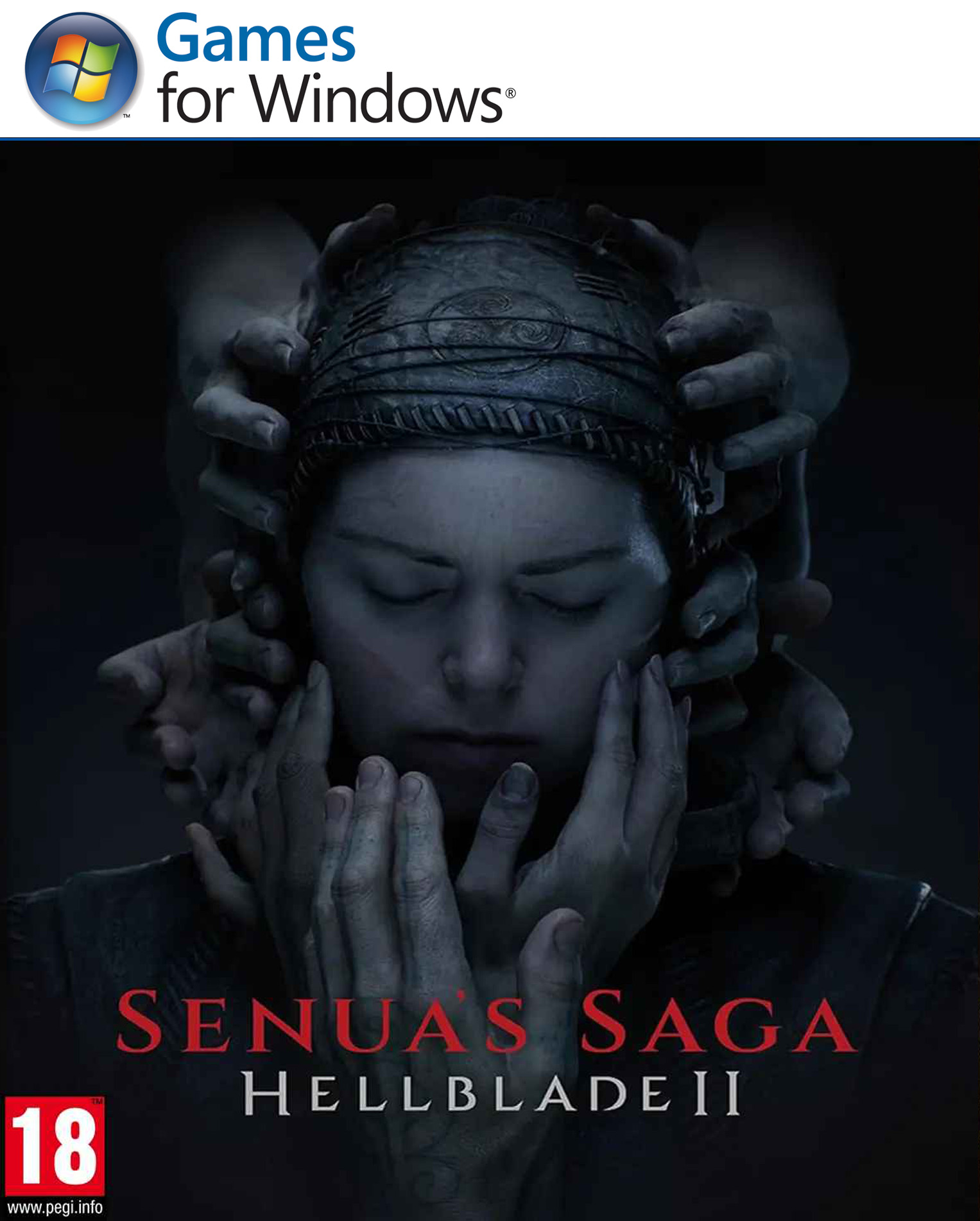
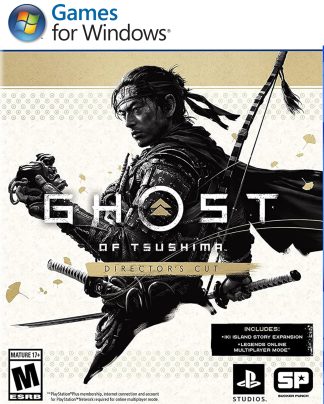
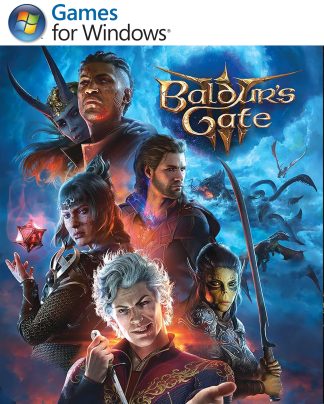
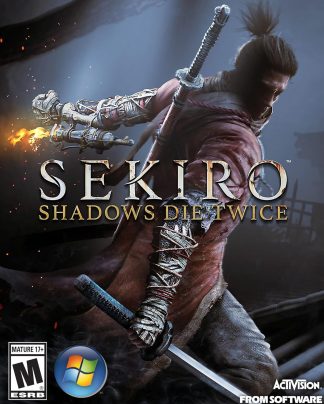
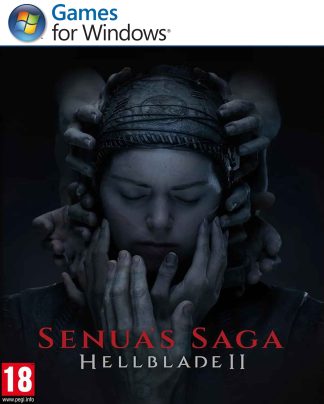
Reviews
There are no reviews yet.